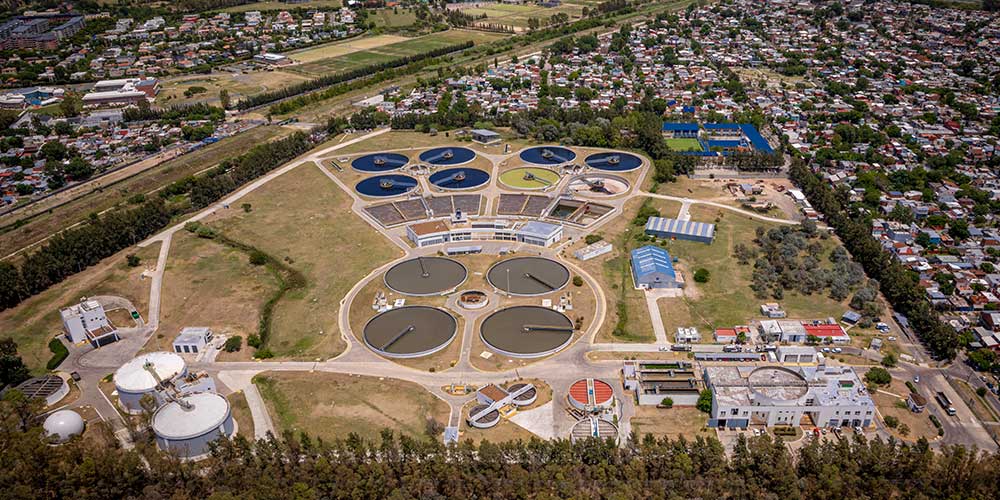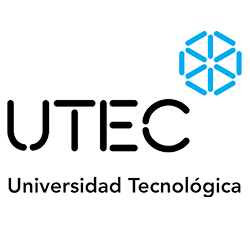Evaluation of nutrient recovery potential at the WWTP North (Argentina)

The North Wastewater Treatment Plant in northwest Buenos Aires Province serves 600 000 residents across five districts and discharges its effluent into the Reconquista River. Its process train includes primary and secondary treatment followed by sludge digestion and dewatering, stages where nitrogen and phosphorus concentrate. Although these nutrients are essential for crops, they are currently lost with biosolids and digester liquor, foregoing reuse and perpetuating eutrophication risks.
This study quantified the plant’s nutrient-recovery potential by targeting the centrate produced during sludge dewatering. Jar-test experiments evaluated chemical precipitation under controlled pH, magnesium dosing and reaction time. Conditions of pH 9.5, a Mg²⁺:NH₄-N:PO₄-P molar ratio of 2:1:1 (via MgCl₂ addition) and 60 min retention achieved 73 % phosphorus and 66 % ammoniacal-nitrogen recovery.
The results confirm that tailored operating parameters can maximise simultaneous removal of phosphorus and nitrogen, enabling their capture as valuable resources rather than pollutants. Implementing this strategy at full scale would align the North Plant with circular-economy principles, reduce reliance on synthetic fertilisers and mitigate nutrient discharges to the Reconquista River.

